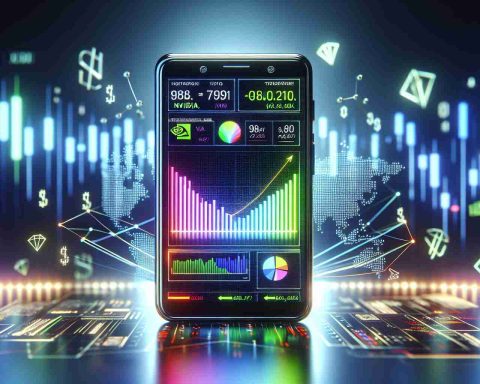In today’s digital age, utilizing smartphones like the iPhone is second nature to many. Yet, users might unwittingly be engaging in habits that can accelerate their device’s wear and tear. According to Apple, here are three common mistakes that could be harming your iPhone:
Charging with a Case On
Apple advises users to remove certain elements from their iPhone before charging to maintain battery health. Specifically, keeping your phone in a case while charging might lead to unnecessary heat buildup. This surplus heat can negatively impact the battery’s lifespan. Cases made from materials like leather can insulate the device more than silicone, increasing the risk of overheating during charging.
Operating in High Temperatures
Excessive heat can be detrimental to any smartphone, and Apple’s luxurious iPhones are no exception. The company states that both high and low temperature conditions can affect your device. Ideal operating temperatures for an iPhone should range between 62 to 72°F (approximately 16.6 – 22°C). Using the device in extreme heat can lead to permanent battery life reduction. To avoid this, don’t leave iPhones in cars on hot days, under direct sunlight for extended periods, or use demanding features like GPS navigation or graphic-heavy games.
Neglecting Low Power Mode
Utilizing Low Power Mode on your iPhone can elongate its battery life by temporarily disabling power-draining features and applications. When activated, this mode extends usage time until the next charge, potentially delaying updates and deactivating certain functions. To optimize battery duration, engaging Low Power Mode is a practical step when necessary.
By avoiding these pitfalls, users can prolong their iPhone’s performance and efficiency.
Is Your iPhone’s Health Secretly at Risk? Uncover What the Tech World Hasn’t Told You!
In a world ever reliant on technology, particularly smartphones, maintaining device health is crucial for users across the globe. While Apple’s advice on avoiding charging with a case, operating in high temperatures, and neglecting Low Power Mode is insightful, there’s more to the story about how these and similar practices affect our lives, communities, and even global technology trends.
Beyond the Basics: The Hidden Truths of Smartphone Care
The impact of smartphone maintenance transcends individual users, reaching into environmental and economic realms. For instance, the push towards sustainable usage and reduced electronic waste has become a focal point for many organizations and governments. With billions of phones in circulation, extending a phone’s lifespan by even a year can significantly reduce electronic waste, which is a mounting global concern.
Economic Implications and Community Influence
Maintaining battery health is not only beneficial for individual users but also has broader economic implications. A longer-lasting device means reduced need for repairs or new purchases, potentially saving consumers hundreds of dollars. This financial relief reverberates through communities, especially in less affluent areas where access to technology can be a significant economic burden.
Moreover, the sensitivity of iPhones and similar devices to temperature also reminds us of broader accessibility challenges. In regions with extreme climates, users and communities face additional hurdles in safeguarding their technology investments, potentially exacerbating digital divides.
Interesting Facts and Controversies
– Battery Myths: One common misconception is that letting your battery completely discharge before charging it again is beneficial. In reality, lithium-ion batteries, like those in iPhones, perform better with partial, regular charges.
– E-waste Concerns: According to several environmental studies, electronic waste constitutes a significant percentage of global pollution. Encouraging users to maintain their devices longer could mitigate such impacts significantly.
– Global Manufacturing and Worker Conditions: Extending the lifespan of devices might slow down the demand for new products. This could influence manufacturing rates and working conditions in countries heavily involved in electronics production, like China and Vietnam, with both positive and negative consequences.
Advantages and Disadvantages
– Advantages:
– Enhanced lifespan of devices.
– Reduced electronic waste and environmental footprint.
– Potential cost savings for consumers.
– Disadvantages:
– Reduced demand for new products might impact economies reliant on technology manufacturing.
– Users in extreme climates face additional device maintenance challenges.
Questions Worth Asking
– How can communities in extreme climates ensure optimal device health?
Solutions include using insulated carry cases and reducing prolonged outdoor use in extreme conditions.
– What role does consumer education play in reducing electronic waste?
Consumer awareness about device care can significantly contribute to global efforts in sustainability by extending product life cycles and reducing waste.
For further insights into device care and the broader tech landscape, visit Apple, Greenpeace, and Gartner.























